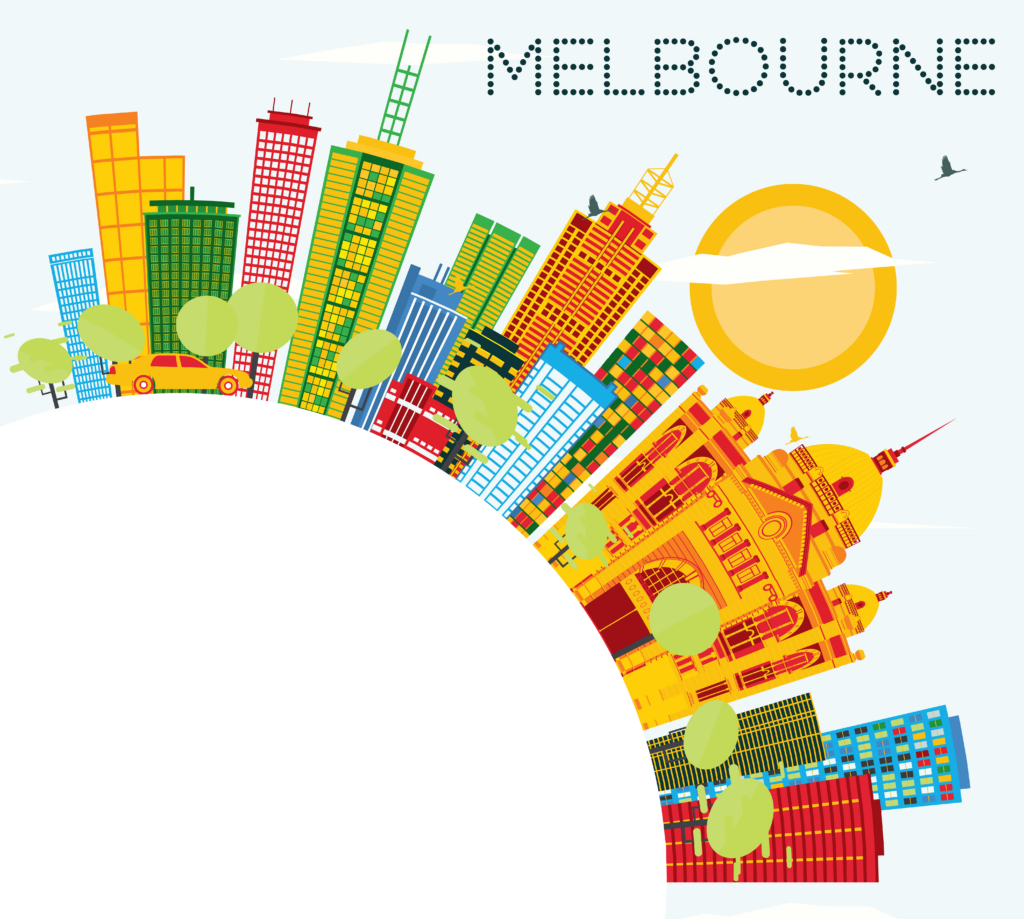
successful career
Orientation and Introduction
Introduction day
On induction day students are given a Student Handbook and on the orientation day, students will be conducting the following activities:

Identify relevant staff and locations

Introduction to the course (content, qualification gained, pathways)

Completed and signed Enrolment Form

Completed and signed Behavioural Standards Agreement

Completed and signed Excursion Form ( if applicable)

Distribute and explain Training Plan and Term Dates

Student Orientation Handbook issued and explained

International Student Handbook explained

Advise on RPL and Credit Transfer

Campus Tour ( explain facilities and resources available to students)


Policies and procedures

Assessment (including variation and re-assessment)
Delivery options (if applicable)
Disciplinary action
Dress (where applicable)
OH&S (including evacuation procedures and location)
Issuance of qualifications and Statements of Attainment
Refund policy
All legislation that may affect students
Student Visa obligations
Explanation of Policies and Procedures
ESOS rights and responsibilities
Student welfare services
Role of student support team
How to access staff
Explanation on how to access teachers
Attendance requirements and process regarding non-attendance
Course progress policy and procedure
Disability Policy
Plagiarism Policy
Advise on legal services available to students
Emergency and health services
Complaint and appeal process
Course details
Welcome to Australia
Life in Australia
Australian Academy is your gateway of opportunity…
Set perfectly in the heart of Melbourne city centre, Australian Academy is situated close to many of the major sights and attractions. Hailed as the southern capital of Australia, it has a european elegance and charm and is packed to the brim with bars, cafés, museums and theatres that are all waiting to be explored.
It is incredibly easy to get around in Melbourne. Just simply take a short walk or an effortless tram ride from Australian Academy, and you will soon find yourself in a lush local park, under the shade of breathtaking buildings, stadiums or near excellent and convenient shops for some retail therapy. Add to this an amazing food and wine scene, which is known for its excellence worldwide, a plethora of annual cultural festivals and urban events, then you will be spoilt for choice.
Melbourne is truly one of the world’s most popular cities to live in, with an enviable quality of life, a rich and eclectic mix of communities and events and is most definitely the right place for a ground-breaking college such as Australian Academy to be based. It is clear that our students agree, as they come from all over the world to join us!
Australian Academy is close to… everything in Melbourne!
Next to Flagstaff Railway Station
1-minute
walk to tram stops (trams 55/30) – Free tram travel around the city
5-minute
tram ride to Bourke Street Mall (Melbourne’s central shopping strip)
10-minute
walk to Queen Victoria Market (Melbourne’s biggest market)
10-minute
walk to Docklands precinct and Etihad Stadium

Explore further afield …
Not only can you enjoy spending time in the cultural centre of Melbourne, enjoying all it has to offer, you can venture beyond to the suburbs. Areas such as Richmond, Collingwood, Carlton and Fitzroy are all areas with many attractions and fun venues with a visit. They each have a lively scene of pubs and restaurants, shops, art galleries and music events. There is so much to choose from in Melbourne and beyond.
Don’t forget you can also explore places like the wonderful and iconic Phillip Island if you want to meet some friendly koalas and penguins. The Yarra Valley offers many sumptuous wineries to visit and the Great Ocean Road is perfect for outdoor exploration, thrill seekers, surfers and walkers.
Cost of living in Melbourne*
The average international student in Australia spends about AU$385 per week on housing, food, clothing, entertainment, transport, travel, and other costs.
A minimum of AU$20,290 per year (excluding tuition) is needed to cover living expenses, depending on the type of accommodation selected (homestay, rental, sharehouse, etc). Dependents will need an additional AU$6,940 per year.
Sample cost of living figures are below:
| Groceries and eating out | $80 to $280 per week |
|---|---|
| Bills (Gas, electricity, water) | $35 to $140 per week |
| Phone and Internet | $20 to $55 per week |
| Public transport fares | $15 to $55 per week |
| Entertainment | $80 to $150 per week |
| Bond (one month rent) | $650 to $1,500 |
|---|---|
| Shared Rental | $85 to $215 per week |
| Rental | $165 to $440 per week |
| Homestay | $235 to $325 per week |
| Hostels and Guesthouses | $90 to $150 per week |
| Establishment costs (household items, furniture) | $500 to $1,100 |
| Student/guardian | $20,290 |
|---|---|
| Partner or spouse | $7,100 |
| Child | $3,040 |
Living and accommodation
Accommodation options
Australian Academy can assist students to make arrangements for accommodation during their time at the college. In some cases, a friend or relation can provide accommodation for the student. If they are situated close to the transport links or college itself, then this would be a very beneficial arrangement. It is always best to make sure that all your accommodation needs are set in place well before you arrive in Australia.
Our helpful and informative Student Support Officer is always on hand with useful advice, updates and guidance as to the various types of student accommodation available. They are also very helpful at managing any changes required due to altered circumstances and can take the worry and stress out of these situations. There are many options for living in Australia while you study. For example:

1. Home stay / Private board
This is a popular option for many students. They will live alongside an Australian family or individual in their private home. It is easy to find a ‘Home Stay Provider’ in Australia and you can decide to opt for Full Board/Part Board or Board in Exchange. Each student will have their own personal needs and preferences. Usually, a student will have their own fully furnished room, several meals a day provided and the costs include most bills except for telephone and internet access. If you are lucky, some providers even offer a laundry service. It offers a very comfortable way of becoming part of the community and making the student feel instantly at home. Costs are around AU $170 – $220 per week.

2. Hostels & guesthouses
A more temporary option for accommodation, a hostel or guesthouse can cost around $25.00 per day or up to AU $400 per week. At times the student may have to share the facilities and occasionally, rooms. Meals are usually provided.
3. Private leasing / rentals
A wider and more flexible choice for some students, the rental market has a varied list of properties available. If you prefer to have your own privacy, enjoy a more independent lifestyle or share with friends or dependents, then renting a flat or house as a private tenant can be a sensible option. The challenges with this type of accommodation is that the costs are higher if you live alone. You will be responsible for all the rental and utilities as well as managing connections, water usage and electricity. Depending on the area you chose, rents can vary greatly. As you move closer to the city centre, properties become more expensive to rent.
Bringing your family
1. Childcare
2. Religion
The Private school sector have numerous faith schools, however some are non-denominational. All Victorian State schools are non-denominational.
3. School terms

4. Schooling / Education providers


